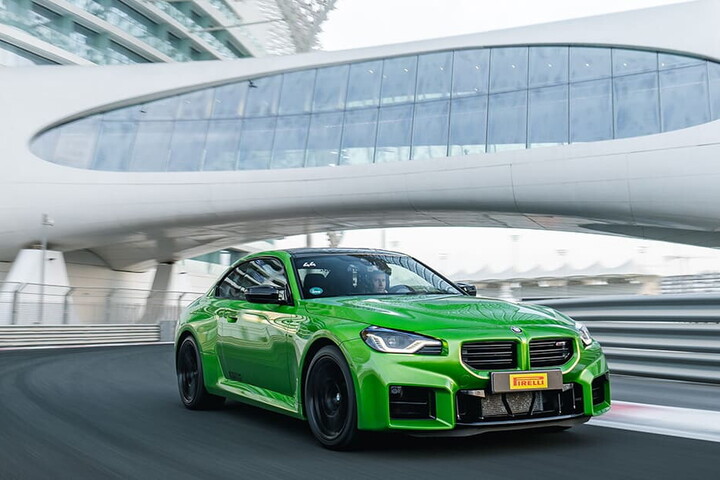Once upon a time, camper vans were “only” used to go on holiday. The development (mandatory, in many cases) of working from home has changed history, forcing many of us to discover the advantages of having a mobile home and/or office, equipped with connectivity, electrical outlets and energy independence. And why not add the added bonus of a breath taking view that will instantly boost your mood and increase productivity.
Some people have decided to leave their city studios and move somewhere that is surrounded by nature, perhaps even changing the venue from time to time. Others have used a camper van as their ‘hotel room' on continuous business trips, without ever having to rely on hospitality facilities. This obviously does not detract from the recreational aspect of the camper van; if anything, it has supplemented it with the value of freedom and pleasure, embracing one of the most popular expressions among camper van fans, who define it “a home from home under any sky”.
Very positive data
As a result, the market has shifted, much more so than cars. The versions of the camper van have changed, removing that concept of seasonality that used to define it while limiting its use, and the values of freedom, independence and safety continue to apply at all times. So Assocamp, the Italian reference association for the sector – with about 200 members, making up 90% of dealers – estimated that in 2020, camper vans involved at least 30% more Italians than in the previous year.
Vehicle registrations rose by 7.44% while some association members reported a sale of used vehicles 50% higher than in 2019. A recent study by the Nomisma Tourism Observatory proves interesting: 50% of travellers who went on at least one trip between June and August 2020 preferred a holiday in nature. 44% chose a destination where they could go for long walks, 20% with outdoor sports facilities and 18% picked venues that are ideal for cycling excursions.
The last generation
This trend has fallen well within the radar of car and vehicle manufacturers: the last series of accessorised camper vans is a far cry from the equipped minivans we may recall from our youth, like the ones frequented by hippies. They are now habitable vehicles, built inside the body of a van, without any modifications being made to it. The only real intervention is insulation: the better the insulation, the higher the level of comfort.
The main advantage compared to a normal camper van lies in its versatility: the van is a little larger than an MPV, the dimensions quite compact – which make it stable and easy to manoeuvre and park – so they do not prevent its use on city roads without penalising light off-road use. Ultimately, with a van you are free to travel (almost) anywhere, whereas this is not the case with a camper van. Then there's the issue of better quality, which is guaranteed if the models are made by Volkswagen (California 6.1), Mercedes Benz (Marco Polo), Ford (Transit Custom Nugget) or if they are built on the chassis of the Fiat Ducato. These are highly comfortable, often well-furnished vehicles, which are very ‘European'. In Japan, where capsule hotels are thriving, the camper van concept is not very popular.
Also worth reading: Carrier - Car Tyre
Retractable workspace
At the last (virtual) Tokyo Motor Show, Nissan presented its NV350 Office Pod Concept. Based on the well-known NV350 commercial vehicle, with a modified look through the addition of three-dimensional panel shell, Nissan added a retractable workspace (hence the name Pod) to the interior of the van, designed to slide along a system of tracks.
It contains a veritable workstation: it can be managed via smartphone and includes a desk and an office chair ‘designed' by Herman Miller. Below the worker's feet, all along the floor, a screen projects images of natural elements in motion, while a roof just waiting to be enjoyed is located above their head: equipped with a proper sun lounger and a parasol that can be opened, it creates a space allowing the user to get away from the office, to enjoy a cup of coffee – alone and in the open air. Indeed, the vehicle is fitted with a coffee machine too.




